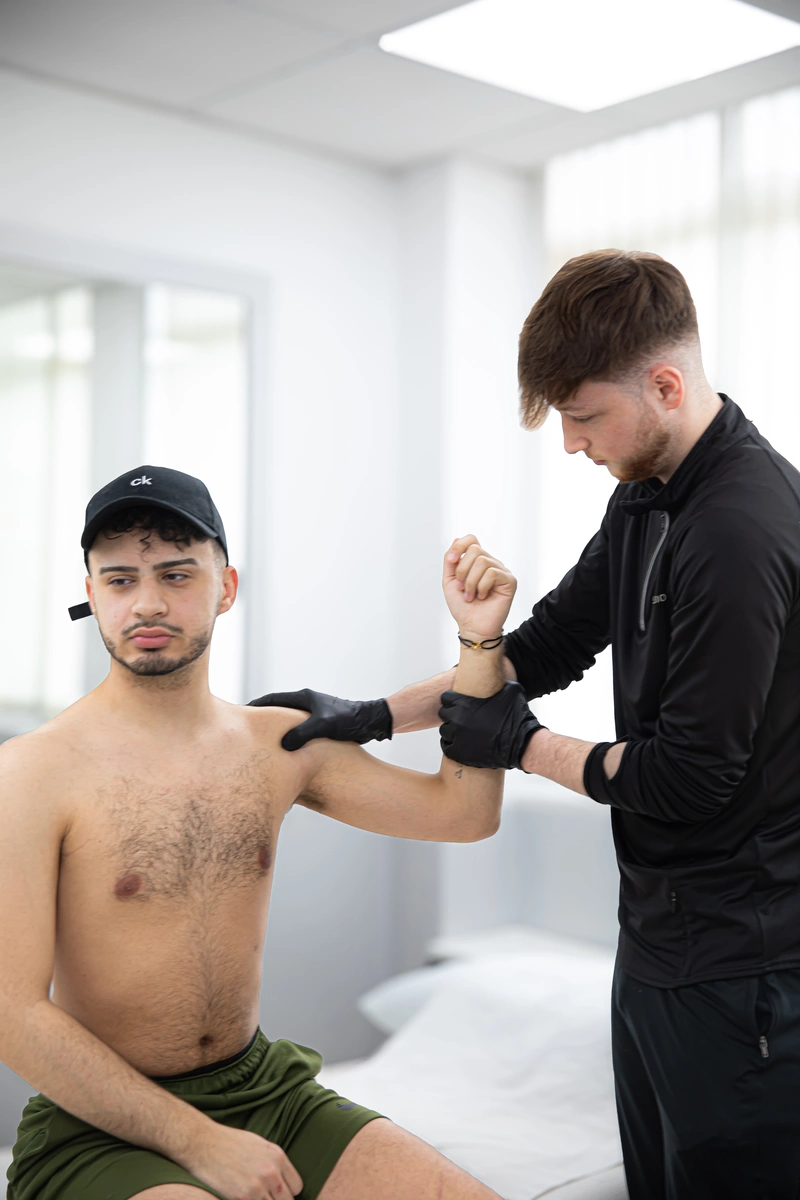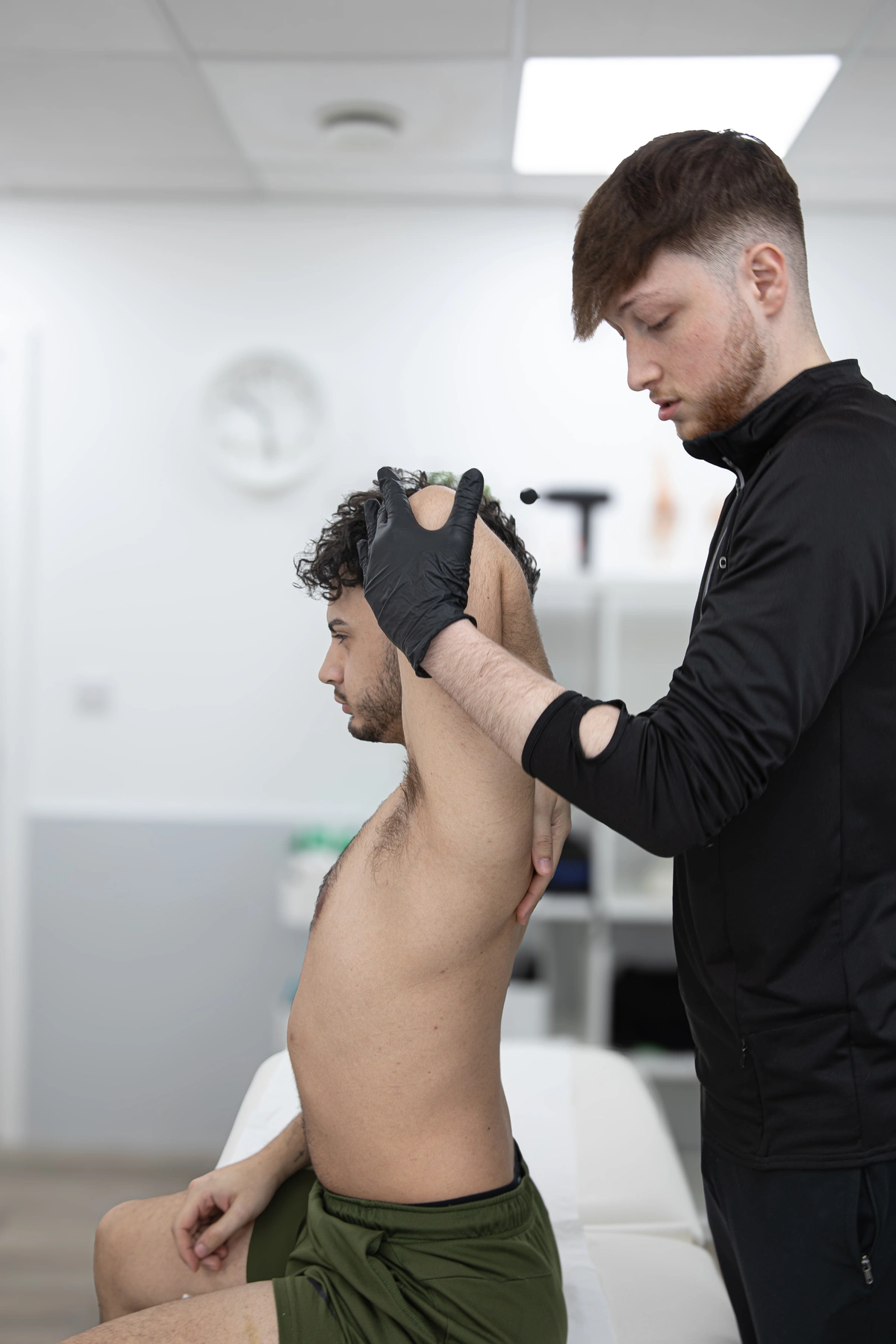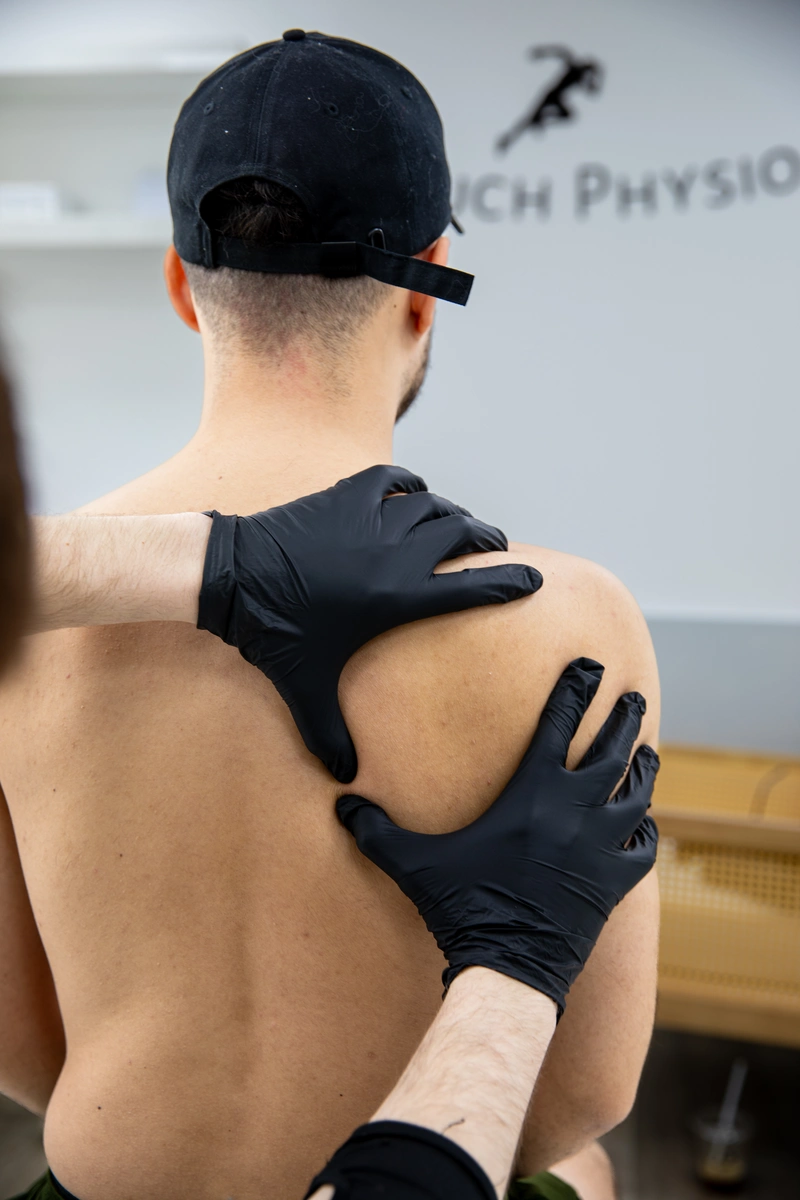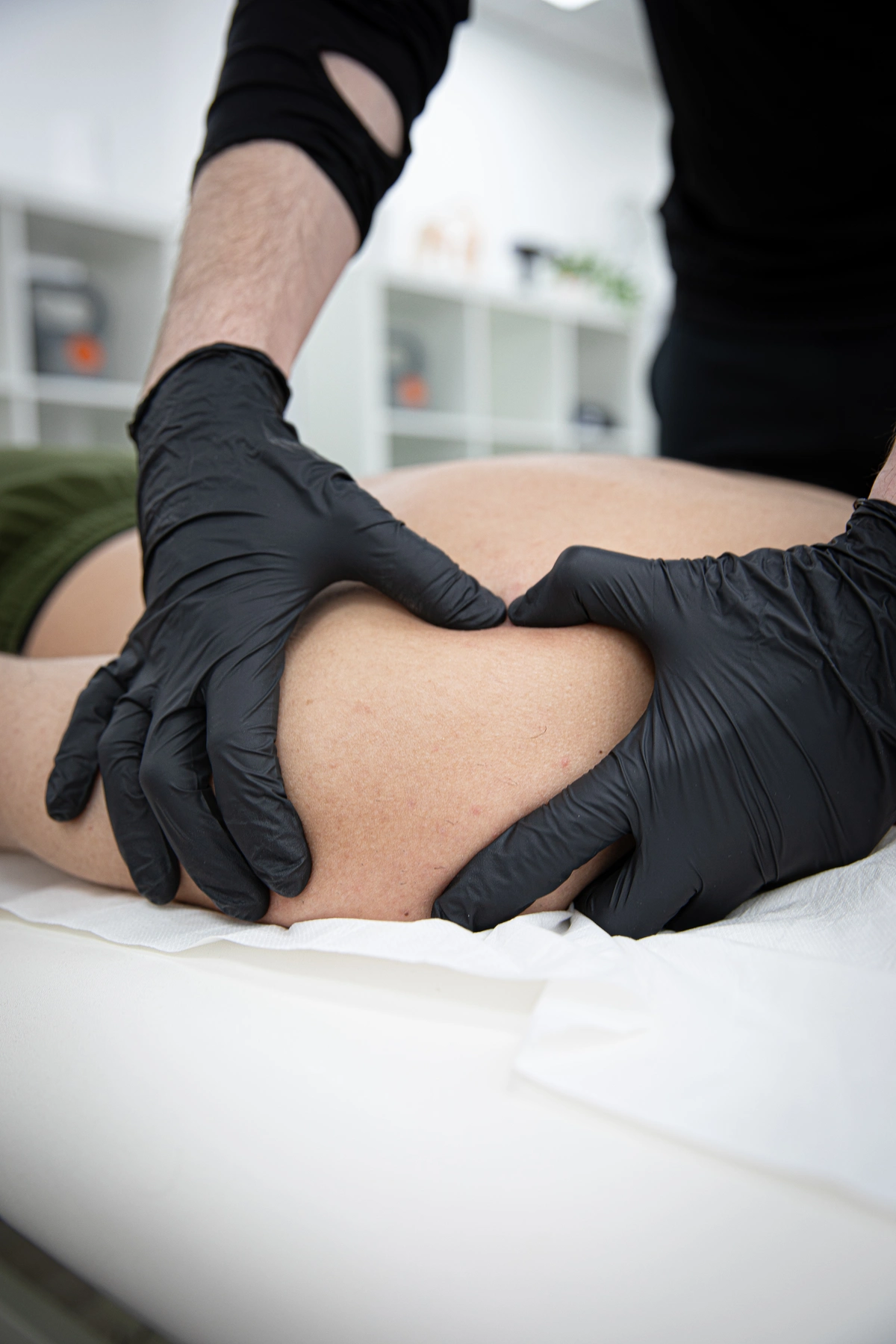Shoulder Pain

What is Shoulder Pain?
Shoulder pain can stem from various causes, including injuries, overuse, inflammation, or underlying medical conditions. It can affect people of all ages and backgrounds and can significantly impact daily activities and quality of life.
Patient Pain Symptoms/Presentation
- Pain: Patients typically experience pain in the shoulder joint or surrounding areas. The pain may be sharp, dull, or throbbing and may worsen with movement or certain activities.
- Stiffness: Patients may feel stiffness in the shoulder joint, limiting range of motion and making everyday tasks difficult.
- Weakness: Some individuals may notice weakness in the affected shoulder, making it challenging to lift objects or perform overhead movements.
- Swelling or Tenderness: Swelling and tenderness around the shoulder joint are common, especially in cases of inflammation or injury.
- Instability: Patients may feel like their shoulder is loose or unstable, with a sensation of the joint "slipping" or "popping" out of place.


Tests to Rule In/Out Pathology
- Physical Examination: A thorough physical examination by a physiotherapist or healthcare professional can assess range of motion, strength, stability, and any specific areas of tenderness.
- Imaging Studies: X-rays, MRI scans, or ultrasound may be ordered to visualise the structures within the shoulder joint and identify any abnormalities such as fractures, dislocations, or soft tissue injuries.
- Specialised Tests: Specific tests such as the Neer test, Hawkins-Kennedy test, or Jobe relocation test may be performed to evaluate for certain shoulder conditions like impingement syndrome or instability.
Treatment Methods
- Rest and Activity Modification: Initially, resting the shoulder and avoiding activities that worsen pain can help reduce inflammation and promote healing.
- Physiotherapy: A structured physiotherapy programme can include exercises to improve range of motion, strengthen the muscles around the shoulder joint, and enhance stability and posture.
- Pain Management: Pain-relieving modalities such as ice or heat therapy, transcutaneous electrical nerve stimulation (TENS), or nonsteroidal anti-inflammatory drugs (NSAIDs) may be recommended to alleviate discomfort.
- Manual Therapy: Hands-on techniques like massage, joint mobilisations, or soft tissue manipulation can help reduce muscle tension, improve flexibility, and restore normal joint mechanics.
- Bracing or Taping: Using supportive braces or taping techniques can provide temporary stability to the shoulder joint and prevent further injury during activities.
- Surgical Intervention: In severe cases or when conservative measures fail, surgical intervention may be necessary to repair damaged structures or address underlying pathology.


Advice from a Physiotherapist's Perspective
- Follow Treatment Plan: It's crucial for patients to adhere to the prescribed physiotherapy programme and follow-up appointments to maximise the benefits of treatment.
- Gradual Progression: Patients should avoid rushing the recovery process and gradually increase the intensity and duration of exercises as advised by their physiotherapist.
- Maintain Good Posture: Emphasise the importance of maintaining proper posture and ergonomics, especially during daily activities and repetitive tasks to prevent strain on the shoulder joint.
- Lifestyle Modifications: Encourage patients to incorporate healthy lifestyle habits such as regular exercise, balanced nutrition, adequate sleep, and stress management to support overall well-being and facilitate recovery.
- Early Intervention: Promptly seeking medical attention for shoulder pain and addressing any underlying issues can prevent the progression of symptoms and improve long-term outcomes.




